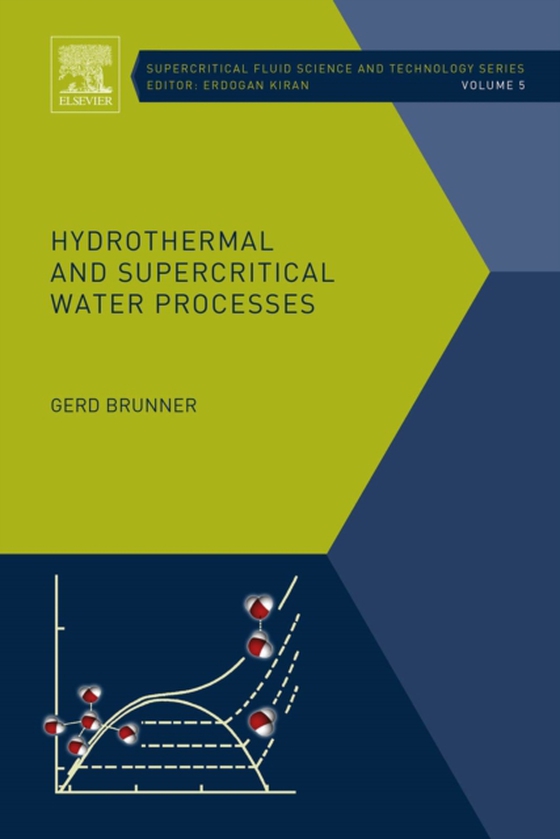
Hydrothermal and Supercritical Water Processes e-bog
1459,97 DKK
(inkl. moms 1824,96 DKK)
Hydrothermal and Supercritical Water Processes presents an overview on the properties and applications of water at elevated temperatures and pressures. It combines fundamentals with production process aspects. Water is an extraordinary substance. At elevated temperatures (and pressures) its properties change dramatically due to the modifications of the molecular structure of bulk water that var...
E-bog
1459,97 DKK
Forlag
Elsevier
Udgivet
4 april 2014
Længde
604 sider
Genrer
PHDF
Sprog
English
Format
pdf
Beskyttelse
LCP
ISBN
9780444594181
Hydrothermal and Supercritical Water Processes presents an overview on the properties and applications of water at elevated temperatures and pressures. It combines fundamentals with production process aspects. Water is an extraordinary substance. At elevated temperatures (and pressures) its properties change dramatically due to the modifications of the molecular structure of bulk water that varies from a stable three-dimensional network, formed by hydrogen bonds at low and moderate temperatures, to an assembly of separated polar water molecules at high and supercritical temperatures. With varying pressure and temperature, water is turned from a solvent for ionic species to a solvent for polar and non-polar substances. This variability and an enhanced reactivity of water have led to many practical applications and to even more research activities, related to such areas as energy transfer, extraction of functional molecules, unique chemical reactions, biomass conversion and fuel materials processing, destruction of dangerous compounds and recycling of useful ones, growth of monolithic crystals, and preparation of metallic nanoparticles. This book provides an introduction into the wide range of activities that are possible in aqueous mixtures. It is organized to facilitate understanding of the main features, outlines the main applications, and gives access to further information Summarizes fundamental properties of water for engineering applications Compares process and reactor designs Evaluates processes from thermodynamic, economic, and social impact viewpoints
 Dansk
Dansk

